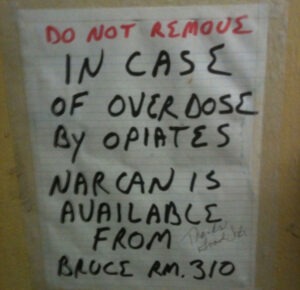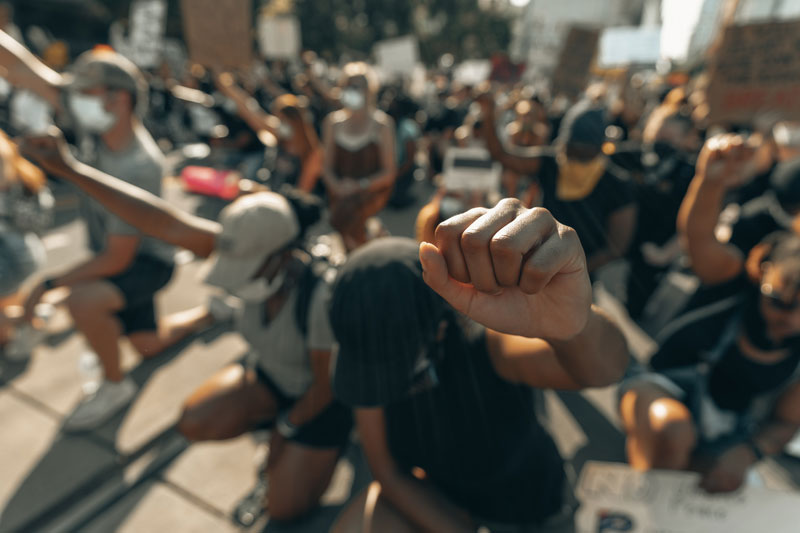
December 14, 2018; Pain News Network
Just in case there was any wonder why some people may be losing faith in nonprofits…
When the US Pain Foundation claimed to have 90,000 members, 1,000 volunteers, and 250,000 social media followers in a 2017 US Pain press release, few had any reason to doubt the claim. It was also, after all, raising millions from big pharma like Pfizer, Lilly, AstraZeneca, Novartis, and Johnson & Johnson. But the organization recently revealed that along with “undergoing a complete revamp of its transparency policies and procedures…it has reduced its own estimates of its membership from 90,000 to 15,000.” It’s also revising its claim to 59,000 Twitter followers to about 13,000 after a purge of fake and inactive accounts.
All this follows the resignation of its founder and CEO, Paul Gileno. The board chair, Nicole Hemmenway, was installed as interim CEO in May and paints herself as reform-minded, but one has to wonder where she was when the organization filed its 990 in 2013, which showed no unpaid board members. Well, actually, we know where she was—she was receiving a salary or some sort of compensation as the vice president/director of the INvisible Project. It is unclear from the organization’s 990s from 2013–15 who was acting as board members. No one was listed as the chair. But Hemmenway says, “As the new leader, I am heading up a review and revision of our governance and transparency policies.”
No 990s have been filed for 2016 or 2017, and Hemmenway says they are working hard to get them filed before the organization sees its status rescinded, but a quick review of the ones already on file reveals more issues than missing board members. Among them is that Gileno jumped from no salary to a salary over $400,000 and amounting to close to a third of the organization’s revenue in 2015. Perhaps more intriguing is the 2014 report that shows revenue and expenses that are exactly equal, at $791,657. Both 2013 and 2014 show “0” in net assets and fund balances. These figures at least raise questions, in that they would be highly unlikely.
Sign up for our free newsletters
Subscribe to NPQ's newsletters to have our top stories delivered directly to your inbox.
By signing up, you agree to our privacy policy and terms of use, and to receive messages from NPQ and our partners.
Hemmenway blithely blames Gileno for not filing the latest tax documents, perhaps forgetting that she was—maybe—not just a board member but (perhaps) an officer. “Because of the inaccurate and incomplete information provided by the former CEO, it has taken a significant amount of time to compile accurate books and records,” she said. “The organization has been working diligently with its new team to prepare the 2016 and 2017 returns, with the goal of filing them by the end of the year.”
On top of all of this, US Pain Foundation was cited in a 2018 Congressional report called Fueling the Epidemic for its close ties to opioid manufacturers. “The US Pain Foundation,” according to this report, “received the largest amount of payments during the 2012–2017 period—almost $3 million—which includes $2,500,000 in payments from Insys.”
The conclusion of that report reads as follows:
The privacy the advocacy groups discussed above have guarded for their donors has come at a high price for the public debate on chronic pain and opioid use in the United States. As a 2011 study in the American Journal of Public Health noted, a tension exists between the status of advocacy organizations as “among the most influential and trusted stakeholders in US health policy,” and the reality that their “positions closely correspond to the marketing aims of pharmaceutical and device companies.” The findings in this report indicate that this tension exists in the area of opioids policy—that organizations receiving substantial funding from manufacturers have, in fact, amplified and reinforced messages favoring increased opioid use. By aligning medical culture with industry goals in this way, many of the groups described above may have played a significant role in creating the necessary conditions for the US opioids epidemic.
—Ruth McCambridge













